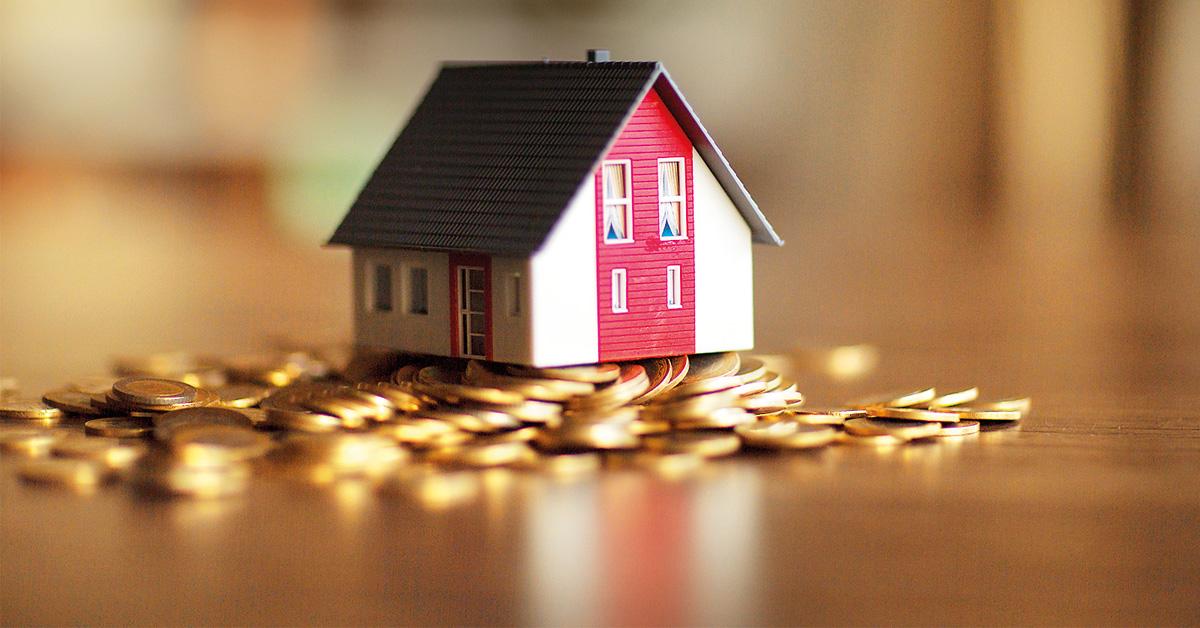With the right approach, property flippers generate significant returns by buying, renovating, and quickly reselling houses. Not all real estate markets are created equal when it comes to flipping potential. Seek out markets with solid jobs and population growth to drive housing demand. Avoid stagnant or declining areas. Research sales activity and price trends to identify appreciating neighborhoods ripe for flipping. Drive potential target areas to assess housing stock and community amenities. Look for value-add opportunities in stable, higher-end neighborhoods. The optimal areas will have strong buyer demand but lower-priced homes needing cosmetic upgrades and renovations.
Set accurate renovation budgets
A major component of property flipping involves renovating and upgrading homes to add value. Create an accurate rehab budget to avoid over-improving houses. Walk through properties before making offers to estimate costs for needed repairs and improvements. Factor in contingency buffers as unexpected issues arise. Keep finishes and materials mid-range to appeal to buyers. Luxury high-end remodels often don’t recoup their costs. With the right budgeting, you turn dated, worn properties into like-new modern homes for top returns.
Use pro formas to assess viability
Analyze potential flip projects and expected profits using pro forma evaluations. Estimate your all-in costs to acquire and renovate the property. Research recent comparable sales to project a realistic resale price. Factor in carrying costs, transaction fees, and projected timeframes. Look at different profit scenarios – conservative, average, best-case. Avoid paying too much for acquisition based on overly optimistic projections. Use pro formas to run the numbers and ensure flips will truly be profitable.
Flipping requires capital for purchasing Koh Samui real Estate, renovations, carrying costs, and holding expenses. Self-fund flips if possible, as debt financing will reduce profits. If leveraging, research loan programs specific for investors. Look for fix and flip loans offering quick approvals, high LTVs, and delayed funding to cover repairs. Most want proof of rehab experience. Build relationships with private lenders specializing in bridge loans for experienced flippers. Try negotiating better terms over time after successful flips. Understand all costs and risks before securing financing.
Build a quality contractor network
Vet and build relationships with high-quality contractors who complete renovations efficiently and economically. Ask around for referrals and look at online reviews. Interview contractors and evaluate recent work samples to assess expertise. Check references to confirm reliability and good pricing. Hire local contractors familiar with regulations. Make payments contingent on meeting inspection milestones. Oversee projects closely to ensure workmanship meets standards and timelines are met. It will lead to flips completed faster and under budget.
List at optimal price points
Price flips competitively but not too aggressively. Price homes too high and they’ll linger, carrying extra costs. Price too low and you leave profits on the table. Work with an experienced agent to set prices based on recent comps, conditions, upgrades, and market activity. Consider listing slightly below market value to generate interest and possibly bidding wars for ideal prices. Adjust as needed if homes don’t sell within target timeframes. Properly priced flips will sell quickly at peak value.


